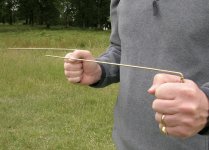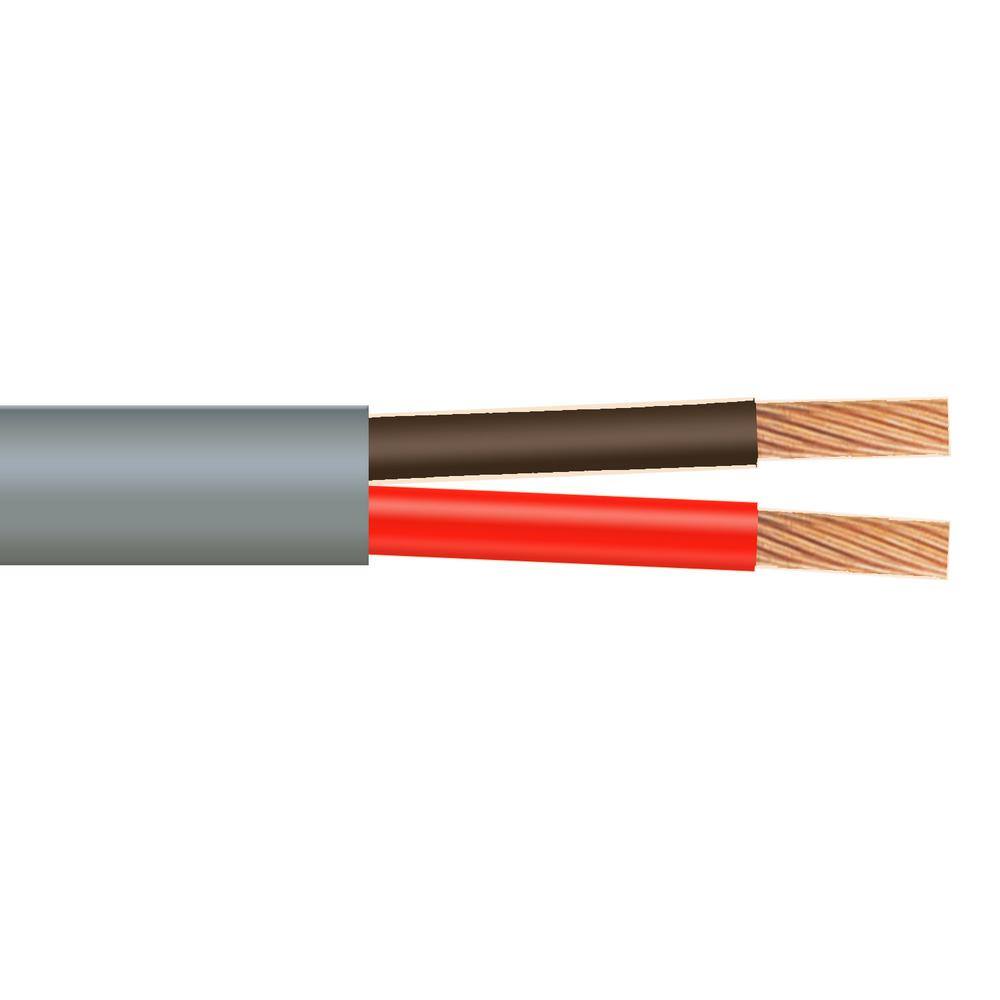- May 3, 2007
- 18,088
- Pool Size
- 20000
- Surface
- Plaster
- Chlorine
- Salt Water Generator
- SWG Type
- Hayward Aqua Rite (T-15)
So using a volt meter, connect one side, with a very long wire, to the pump bonding lug which should also be grounded at this point, and then the other side to a screw driver in the ground. Leave everything setup as when you received the shock to get a baseline measurement.Using a ground rod, screwdriver, or attached to the pump bonding?
Last edited:








